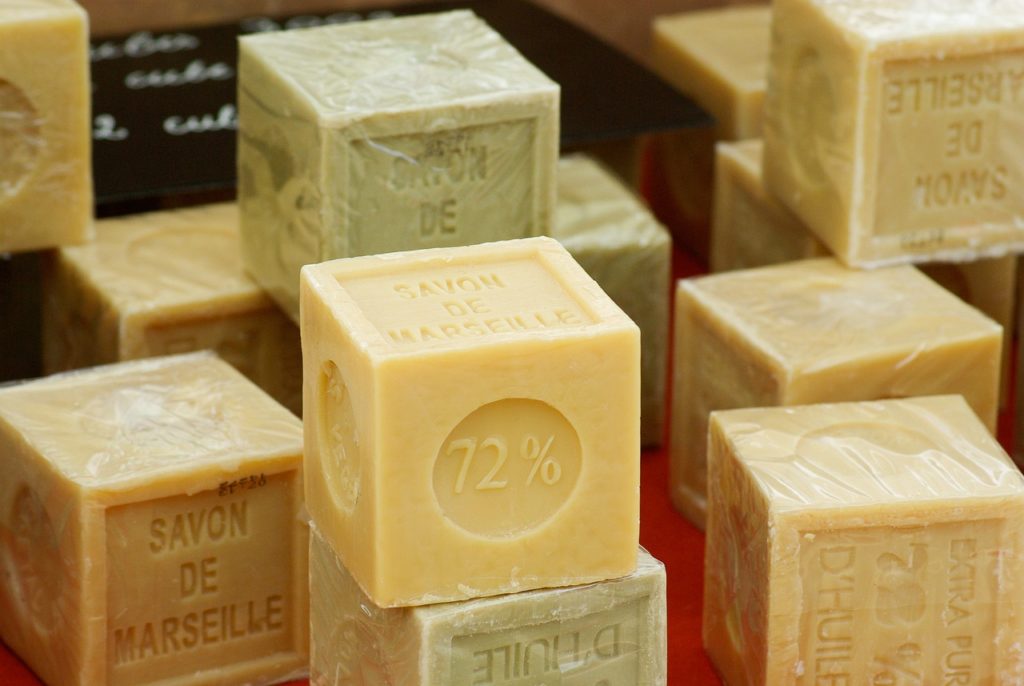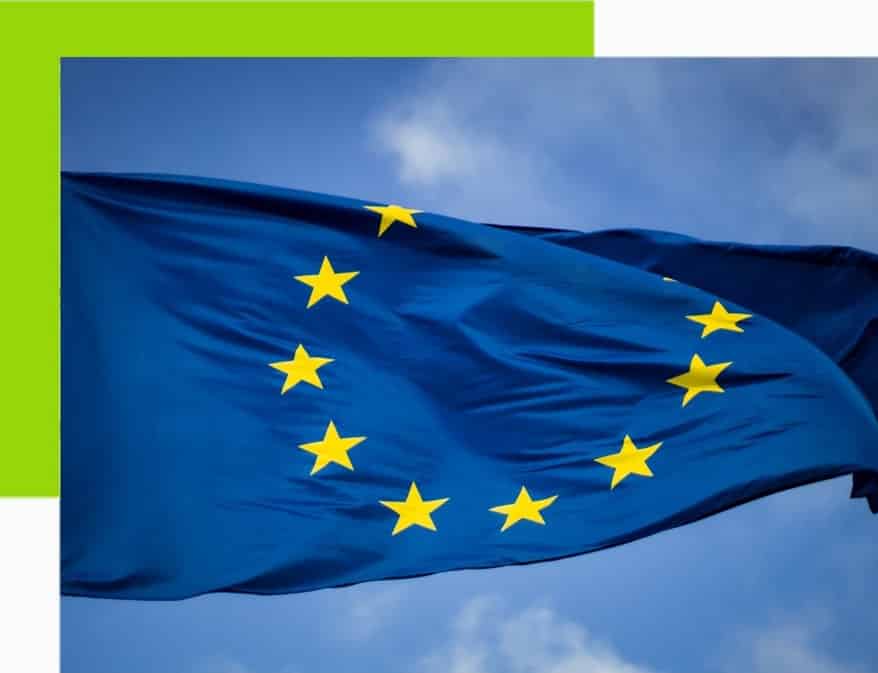Consequences on the cosmetics industry’s compliance status in the European-Union Part 2
Claims, including a focus on “sensitive skin” and “hypoallergenic”
The DGCCRF will also strengthen controls on packaging and in particular on claims. Before getting to the heart of the matter, let’s see what the European regulation tells us.
1) General context – common criteria
The Commission Regulation (EU) No. 655/2013 has established six common criteria that cosmetic claims must meet in order to be used.
- Legal Compliance: It is prohibited to imply that a product provides a particular benefit when, in doing so, it merely meets the minimum requirements of the legislation.
- Truthfulness: Claims referring to the properties of a given ingredient cannot imply that the finished product has the same properties when it does not.
- Evidential support: Any product claim must be based on the most current evidence, studies and supporting data.
- Honesty: Claims cannot attribute specific (i.e., unique) characteristics to the product in question if similar products possess the same characteristics.
- Fairness: Claims must be objective and cannot disparage competitors.
- Informed decision-making: Claims must be clear and understandable to the average end user.

2) Presence of an ingredient ✅
To highlight and therefore to claim the presence of an ingredient in your cosmetic products, you must pay attention to two elements:
- If your product is effective thanks to an ingredient, this ingredient must be used at an appropriate level with sustaining data on the effect.
- On the other hand, if an ingredient is present in your product but has no particular efficacy, then a classic compliance check according to the common criteria (see above) will be sufficient. Other parameters are to be taken into account such as: the presentation of the product or its concentration (high, low, detectable etc.).
3) Absence of an ingredient ❌
On the other hand, “No claims” are authorized when they provide useful information to the consumer. To be tolerated, this information must be of interest to some consumers (for example: no silicones on a hair product).
Among other elements, “No” Claims are forbidden in these two situations:
- If they are related to a chemical family of substances, some of which are prohibited and others of which are authorized (e.g. Parabens). This will avoid unfounded fears or discrimination against products containing authorized sulfates.
- The absence of the substance is clearly recognizable by consulting the INCI list and the consumer who wants to avoid them is sufficiently warned to check this list before purchase.
4) Specific claims
“Sensitive skin”, this claim can be used under two conditions, as recommended by the ARPP (l’autorité de regulation professionnelle de la publicité) in France:
- The volunteers who participated in the use test under normal conditions “declared a recent and repeated history of functional symptoms of skin discomfort (e.g.: tingling, tightness, heating, itching, burning sensations, redness…)”
- These functional symptoms of skin discomfort have not increased during the use test
“Hypoallergenic”, this claim can be used if the product does not contain any know allergens or allergen precursors. Here are the substances or mixtures to be considered according to the technical document accompanying the regulation(EU) No 655/2013 on common criteria:
- Identified as sensitizers by the SCCS or former committees assessing the safety of cosmetic ingredients.
- Identified as skin sensitizers by other official risk assessment committees;
- Falling under the classification of skin sensitizers of category 1, sub-category 1A or sub-category 1B, on the basis of new criteria set by the CLP Regulation;
- Identified by the company on the basis of the assessment of consumer complaints;
- Generally recognized as sensitizers in scientific literature; or
- For which relevant data on their sensitizing potential are missing.
Environmental claims (AGEC law in France)

The DGCCRF will evaluate claims mentioning misleading commercial practices with an educational approach and taking into account the justifications provided by professionals. There will be a focus on forbidden claims such as “biodegradable” and “environmentally friendly” (and similar claims under the AGEC Act).
In parallel, the CNC (Conseil National de la Consommation) intends to publish a Guide whose purpose is to clarify environmental claims.
Would you like to know more about the environmental labelling obligations and the new sorting instructions in France? Read our article: here.
Nanomaterials and sunscreen products
According to the Cosmetic Regulation (EC) No.1223/2009, the nanomaterials can be defined as follows: “insoluble or biopersistent material, intentionally manufactured and characterized by one or more external dimensions, or an internal structure, on a scale of 1 to 100 nm”.
These nanomaterials can be used in the composition of a product but under certain conditions. Indeed, brands must verify the conditions of use of the nanomaterials and the characterization data. For instance, the use of “Titanium Dioxide” in sunscreens over the median particle size threshold (defined by the Cosmetic Regulation) is a practice widely observed in 2021 and is liable to sanctions. Finally, the presence of nanomaterials must be mentioned on the labels (as mentioned in Article 19 of the Cosmetics Regulation) to ensure transparency and fairness to consumers.
In case of non-compliance, the responsible person can be held responsible.
Do you intend to sell sunscreen products? Here’s a comprehensive compliance guide about sunscreens.

How can BIORIUS help your brand avoid risk?
During our EU registration process, our experts thoroughly examine your labels and provide you with a detailed label review highlighting any red flags (i.e. claims that could cause you problems).
Regarding the new environmental obligations, Biorius provides its customers with a report for all targeted countries. In this report, you will find guidelines such as: what to put on your labels for each country (sorting instructions, material code, sorting logos…), if a registration is required, additional details for specific situations…
With its monitoring force and international expertise, Biorius will inform you of any prohibited sunscreen ingredients and will take into account the specific categories of this type of products in countries like Canada or the United States for example.
Contact us
For more information, do not hesitate to contact your CRM (Customer Relationship Manager), if you are already a Biorius’ client or to contact us at info@biorius.com.


